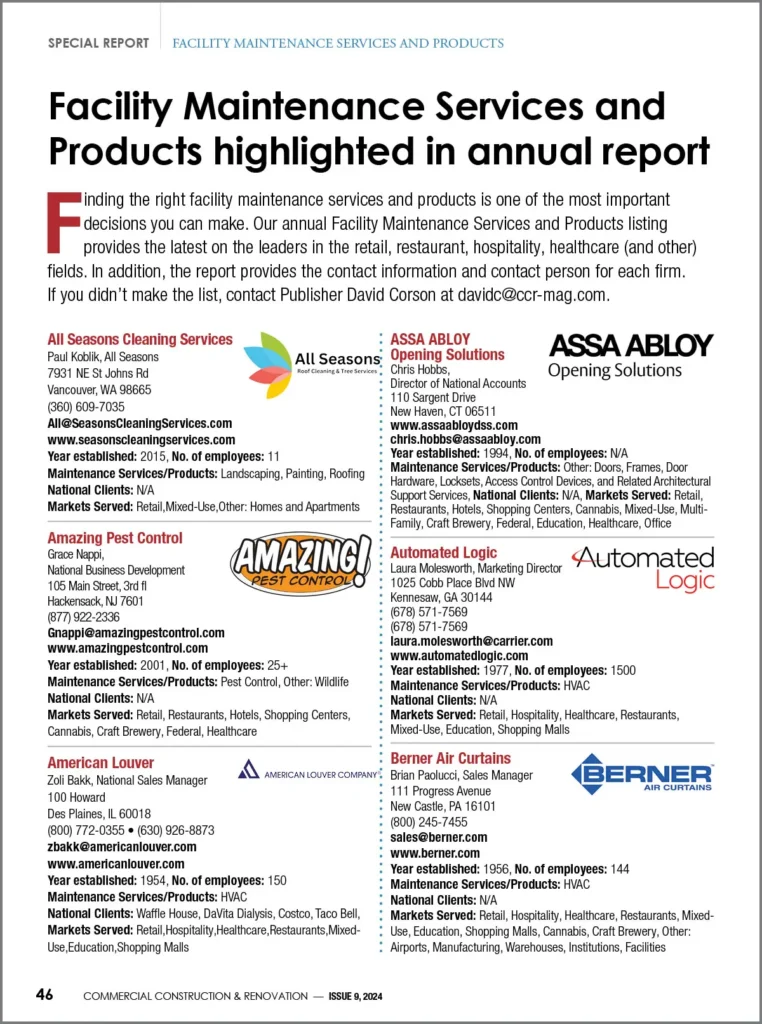
While the COVID-19 pandemic challenged the world with two of the most difficult years in recent history, healthcare workers were on the front line of the pandemic and have experienced a completely new level of strain and demand in the workplace. Yet still, healthcare facilities are expected to provide a safe and healthy environment for patients and a positive working experience for staff. Be it a hospital, outpatient facility, PT clinic, pharmacy or lab, the physical and emotional health of the provider has a direct impact on the quality of care delivered.
The average age of today’s nurse is 52 years old. They work 10 to 12 hour shifts, walk numerous miles in one day and experience other physically demanding aspects of their job.
It’s critical for providers to focus on and enhance the ergonomic conditions of their staff’s environment to improve productivity and retention. Improved seating, better work tools, and new technology all contribute to a more ergonomically-friendly healthcare space. The not so obvious contributor to employee comfort and health? The floor.
The topic of ergonomics as related to flooring should be comprehensively defined to include comfort, fatigue, musculoskeletal strain, and injury and emotional stress created by noise in the interior environment. Each factor contributes to or detracts from the general wellbeing of the patient, resident, or staff.
Injuries among healthcare workers rank among the highest by industry, according to the Bureau of Labor Statistics. Musculoskeletal disorders account for one-third of all occupational injuries reported to employers, while back, leg and foot fatigue follow closely behind. It’s a main reason why designers, facility managers, and healthcare administrators are paying more attention to create environments that support the healthcare workforce.
Healthcare Design and Methodical Flooring Specification
Most traditional flooring products provide little, if any, ergonomic relief and can consequently contribute to pain, discomfort, and fatigue in healthcare staff. Flooring performance was once solely measured by durability, maintainability, patient mobility, and affordability. While those characteristics are still important, today we are entering a new age where expectations for a floor are changing and we are asking it do more.
When building and designing a space, the focus of the work environment must be on people and not just about product. It should be about how flooring and other materials can enhance the lives of patients, residents, and staff. This is achieved by specifying a flooring product that is more appropriately designed and engineered for healthcare applications.
Studies Confirm Strong Tie Between Built Environment and Wellness
A clear relationship between the built environment and the impact of flooring on nurse wellness was indicated in evidence-based design studies for healthcare facilities conducted by The Center for Health Design. These studies also reveal the effect on the patient experience and health outcomes. A nurse that is not fatigued, stressed, or in pain provides better quality of care at bedside. Similarly, a therapist, pharmacist, or lab technician is more attentive and productive when the workplace provides enhanced ergonomics.
Hospital staff who have experienced ergonomic flooring report better underfoot comfort and relief and also often mention the reduced noise and acoustic properties of the product. Nurses have even told us they requested reassignment to other hospital departments because of the better flooring areas. Furthermore, flooring products that reduce noise and provide superior acoustic properties also support the patient healing process and reveal how ergonomics is playing a much larger role in product specification.
Drawing from lessons learned through evidence-based design research, the direction of designers and architects today is away from the sterile, institutional environment to looks that are more natural, warmer and homeopathic in design. This lends itself to influence from the hospitality industry with the focus on providing a soothing, pleasurable environment for patient, visitors, and staff.
Innovative Technology and Optimal Flooring
One must factor force reduction and energy restitution, or the storing and returning of energy, to understand the science behind a truly ergonomic flooring. Force reduction measures the amount of energy the floor will absorb when stepped on. Energy restitution measures the amount of energy that is returned from the flooring to the body when a step is made. These are the key components to consider when selecting the right flooring for a healthcare setting.
With a softer floor, more energy will be absorbed by the floor and less energy will return to the foot. The result – more force will be required to take each step. Alternatively, the harder the floor, the greater the return of energy to the foot, resulting in more discomfort to the body. Finding the optimal balance between the energy the floor should absorb and the amount that should comfortably be returned to the body is essential.
Ecore’s flooring products uses a patented technology called itsTRU™ to fuse a performance wear layer to a 5mm Ecore recycled rubber backing. It has been tested and shown to significantly reduce fall impact as well as provide excellent foot-fall reduction and energy return compared to other traditional resilient floorcoverings. Additionally, Ecore’s line of itsTRU products are also able to reduce structure-borne sound, providing a much quieter space.
Conclusion
Ergonomic materials in the healthcare setting including how a floor – the foundation of the healthcare environment design – can contribute to nurse comfort and health is officially getting the attention it deserves from designers, architects, and specifiers. When healthcare staff have a better quality of life it impacts the quality of care they provide, which in turn can contribute meaningful improvements to patient care and overall satisfaction rates
Specifying a more comfortable, ergonomic flooring material can contribute to reduced chronic pain to improve productivity and patient quality of care, reduce absenteeism and workman comp claims, and lead to an overall improvement in quality of life for dedicated healthcare providers.
About the author: Mark Huxta is healthcare director of sales for Ecore, a company that transforms reclaimed wasted into performance flooring surfaces that perform well beyond industry standards. Ecore’s products align substantial force reduction with a balanced amount of energy return to create surfaces to meet virtually every commercial flooring application need. More information on Ecore is available at https://www.ecorecommercialflooring.com/.









 The 2024 virtual Men’s Round Table will be held Q4, 2024, date TBD.
The 2024 virtual Men’s Round Table will be held Q4, 2024, date TBD.













